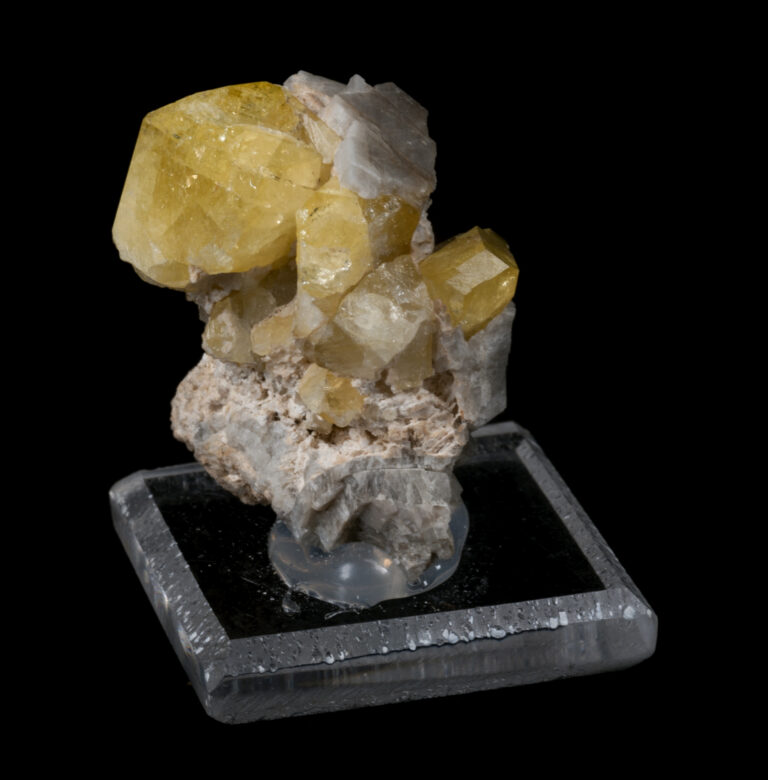
MINERALS
Run your fingers along a 2-foot long quartz crystal in our museum, or gaze into the interior of a 4.5 billion-year-old meteorite. Rocks consist of minerals composed of many chemical elements; they jointly tell the story of the earth and planets.
The Joe Webb Peoples Museum of Natural History has a vast mineral collection amassed over 200 years through class field trips, exchanges with other institutions and donations. Professor William N. Rice started collecting in 1831, followed by many other geology professors. Wesleyan alumnus Harold T. Stearns ’1921, paid part of his college expenses with proceeds from selling minerals collected locally to Tiffany & Co. in New York.
The Museum is well-stocked with local pegmatite minerals. These water-rich rocks play host to giant crystals of beryl, tourmaline, mica and quartz that formed rapidly at immense depth in Connecticut ~250 million years ago. These have been highly sought after by mineral collectors around the world since the 18th century. Our collections also include Londonite, a rare mineral named after Wesleyan alumnus David London ’1979.

Londonite
named after David London, Class of 1979. This mineral is so rare that this very specimen at Wesleyan represents half the total amount ever discovered.
Cover photo: Gypsum var. Selenite (JWP 140006) from Red River Floodway, Winnipeg, Manitoba, Canada, under visible light, long wave UV, and darkness after illumination (left to right). Photo courtesy of Andy Tan & Yu Kai Tan from Natura Naturans Photography. Scale bar represents 1 cm.




